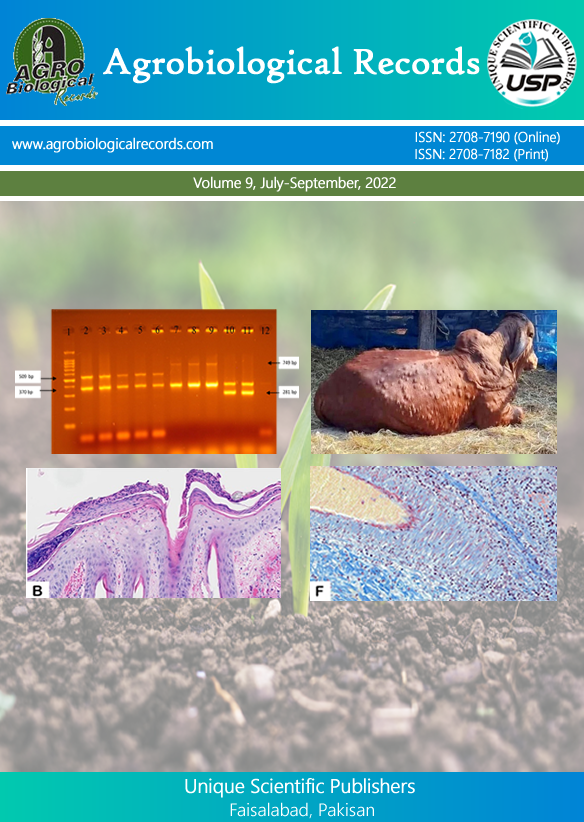
Ojianwuna CC, Enwemiwe VN, Ojo MG and Oborayiruvbe ET
Department of Animal and Environmental Biology, Faculty of Sciences, Delta State University Abraka, Delta State, Nigeria
*Corresponding author: enwemiwevictor@gmail.com
Mosquito larvae are highly distributed species in tropical regions where breeding sites are diverse and causing a number of public health diseases, when they emerge. This study tested the efficacy of two grounded insecticidal plant powders against the emergence of Anopheles and Culex species. Larvae of mosquitoes were collected using 350mL deep ladles and scooping spoon from Ethiope East LGA, Delta State, Nigeria. The mosquito larvae were exposed to 0.5, 1.0, and 1.5g of Psoralea corylitolia and Sesamum radiatum in 100mL of water. This corresponded to 0.005, 0.01, and 0.015g/mL concentration of experimental set up respectively. Mosquitoes were exposed to these treatments in 20 larvae per concentration in quadruplicates. Mean mortality and time of mortality were recorded. Probit model was used to determine LT50 and LT95. Mortality of larvae increased as concentration and time increased. Highest mortality was recorded in Culex mosquitoes exposed to 1.5g of Psoralea corylitolia and was closely followed by Anopheles mosquitoes exposed to same concentration of Sesamum radiatum. The differences between the mortalities were highly significant (P<0.00001). Emergence depreciated as the concentration increased with high mortality especially with 0.5g of Psoralea corylitolia exposed to Anopheles mosquito larvae. The insecticidal test plants did not determine the sex of mosquitoes and it was not significant (F sex ratio=1.127; P=0.357). Physicochemical parameters supported the mortality of both larvae exposed to Sesamum radiatum from 30 minutes till end of the post experimental exposure. Lethal time for 50% of mosquitoes ranged from 31 to 5858min whereas LT95 ranged from 1435 to 10218min for the two insecticidal test plants respectively. There is need for more study with the trial of oil of Sesamum radiatum and the determination of the gas chromatograph of this novel plant to ascertain the active components.